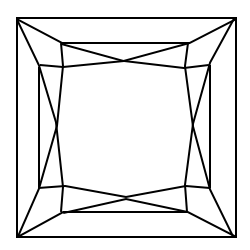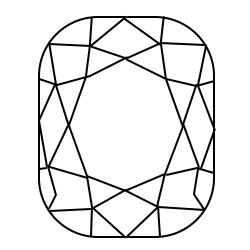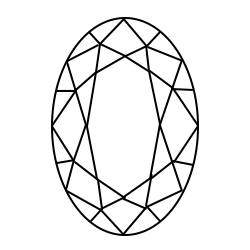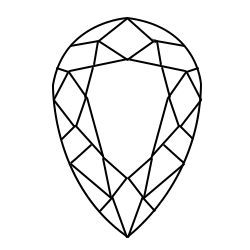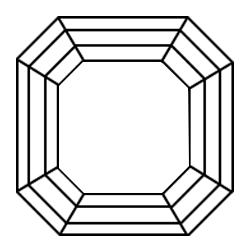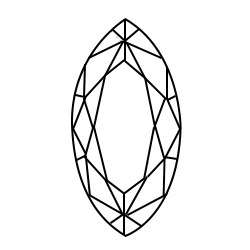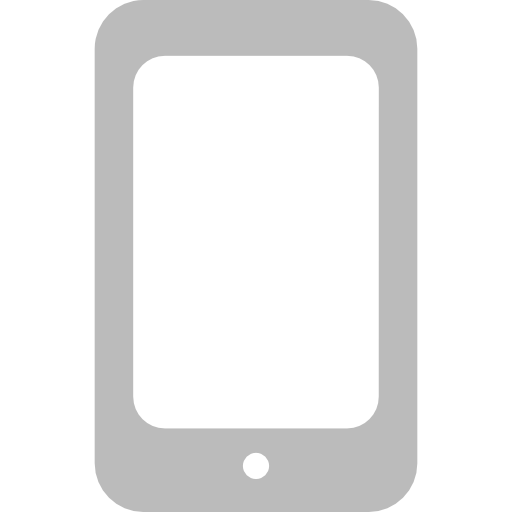Guide to
Diamond Shapes
Looking for the perfect engagement ring?
Check out our buyer's guide for everything you need to know about diamond engagement rings.
Download Buyer's Guide
Fill out the following form to download our free buyer's guide
The shape of a diamond will impact the brilliance and appearance of your jewellery. Since each diamond shape is cut to different specifications, they reflect light differently, giving each shape a unique fire and brilliance. Immense skill is required to cut a stone so that its proportions, symmetry and polish reflect as much light as possible to create the perfect sparkle and stunning shine. Choosing the right diamond shape can be tricky. Below we have provided you with a summary of each diamond shape so that you can confidently move through the process of selecting your dream jewellery piece.
BROWSE DIAMOND ENGAGEMENT RINGS
The Round Brilliant Cut DiamondIt is no surprise that this diamond takes the top spot for popularity since this diamond cut is the most brilliant of all. With 58 facets, this kind of diamond can reflect light like no other. Often used in solitaire engagement rings, this style has won the hearts of brides across the world for generations. As gem cutting techniques improved, the round cut gradually became the most sparkly of them all. If you’re looking for something especially radiant, the a round brilliant should be one of the first things you consider. |
The Princess Cut DiamondThe princess cut was first developed in 1979 and has caught the eye of brides-to-be ever since, becoming the second most popular choice of diamond. Inspired by the early style of “French” cut diamonds, the modern techniques used in the Princess Cut bring a brilliance unlike most. It is one of the few mixed-cut designs on offer, with elements of both brilliant and step cuts that provide a sense of depth and sparkle. Unlike most other diamonds, the facets of the princess cut are arranged in a way that makes colour most visible in the corners. These features give it a unique yet simply beautiful appearance that has captured the hearts of brides across the world for almost 40 years. |
The Cushion Cut DiamondHaving been around for more than 300 years, this is one of the oldest fancy diamond cuts available today. The cushion cut, was originally known as the mine cut and was popular between the early 1800s and early 1900s. The facets were arranged to sparkle in dim light, so that jewellery admired under candlelight had a sparkle as impressive as it looked in the day. The cushion cut engagement rings you see at Midas Jewellery today, feature gemstones using a combination of the old mine and brilliant cuts to produce an elegant and understated sparkle with elements inspired by antique treasures. |
The Emerald Cut DiamondThe emerald cut was originally developed by stone cutters for emeralds as their fragility required particular techniques to prevent breakage and improve stability. The origins of this style date back to the 1500s but it wasn’t until the 1920s that the term ‘emerald cut’ was used. Its striking appearance was the perfect match for the sharp lines and satisfying symmetry of art deco designs. If you love art deco styling, talk to our master jewellers about our vintage inspired collection or the design of a custom-made Midas piece. |
The Oval Shape DiamondOval shaped diamonds are a modified brilliant cut with similar fire and brilliance to round cut diamonds. Created in the 1960s, these diamonds are ideal for someone who likes the look of round brilliants but wants something more unique. The elongated shape of the oval is not only flattering on the finger but creates the illusion of a larger diamond. This means that an oval diamond of the same carat weight as a round brilliant is likely to appear larger. As oval shaped diamonds are less popular than other styles they are often more affordable as they are not in demand. |
The Pear Shape DiamondThe pear shape is a cross between round brilliants and marquise diamond cuts. With 58 facets, this kind of diamond is almost as brilliant as the round cut but with a more unusual shape. The pear shape is one of only two diamond cuts that are not symmetrical both horizontally and vertically. The elongated design of the pear shape makes it one of the most flattering diamond cuts along with emerald, marquise and oval. Despite being one of the more unusual designs, the pear shape is becoming popular amongst modern brides who appreciate its flattering shape and astounding shine. |
The Asscher Cut DiamondThe asscher cut was developed in Holland at the start of the 20th century in the birth of art deco styling. The striking symmetry and bold lines of art deco styling saw the asscher cut soar in popularity, peaking in the late 1920s. However, for the rest of the century it was quite rare, available only in art deco jewellers or antique shops. In the early 2000s the asscher cut was redesigned with additional facets and new specifications that improved its shine. These changes saw it gain popularity once again, often outshining the other popular step cut, the Emerald Cut. |
The Marquise Cut DiamondThe marquise cut is believed to date back to the 18th century when King Louis XV of France asked a jeweller to design a diamond in the shape of the lips of Jean Antoinette Poisson, his mistress. This style of cut has 58 facets, like the round brilliant, pear and oval shaped diamonds. This means that the brilliance and fire of a marquise diamond is one of the best as each of the facets captures and reflects light beautifully. The elongated shape of the diamond is very flattering, making the fingers appear longer. Marquise diamonds are a more unique choice of engagement ring gemstone looking beautiful within both vintage designs or sleek modern pieces. |
The Heart Shape DiamondHeart shaped diamonds are the ultimate symbol of love and devotion. With 57 facets, the brilliance of this diamond cut is eye-catching and charming. Believed to have been used as early as the 15th and 16th centuries, it wasn’t until the early 1900s that this style of diamond cut fully developed. The heart shape can be difficult to see in smaller sized stones, especially when secured by prongs and claws. If your loved one is a romantic at heart and you’re planning a Valentine’s Day proposal, this could be the perfect diamond to pop the question with. |





